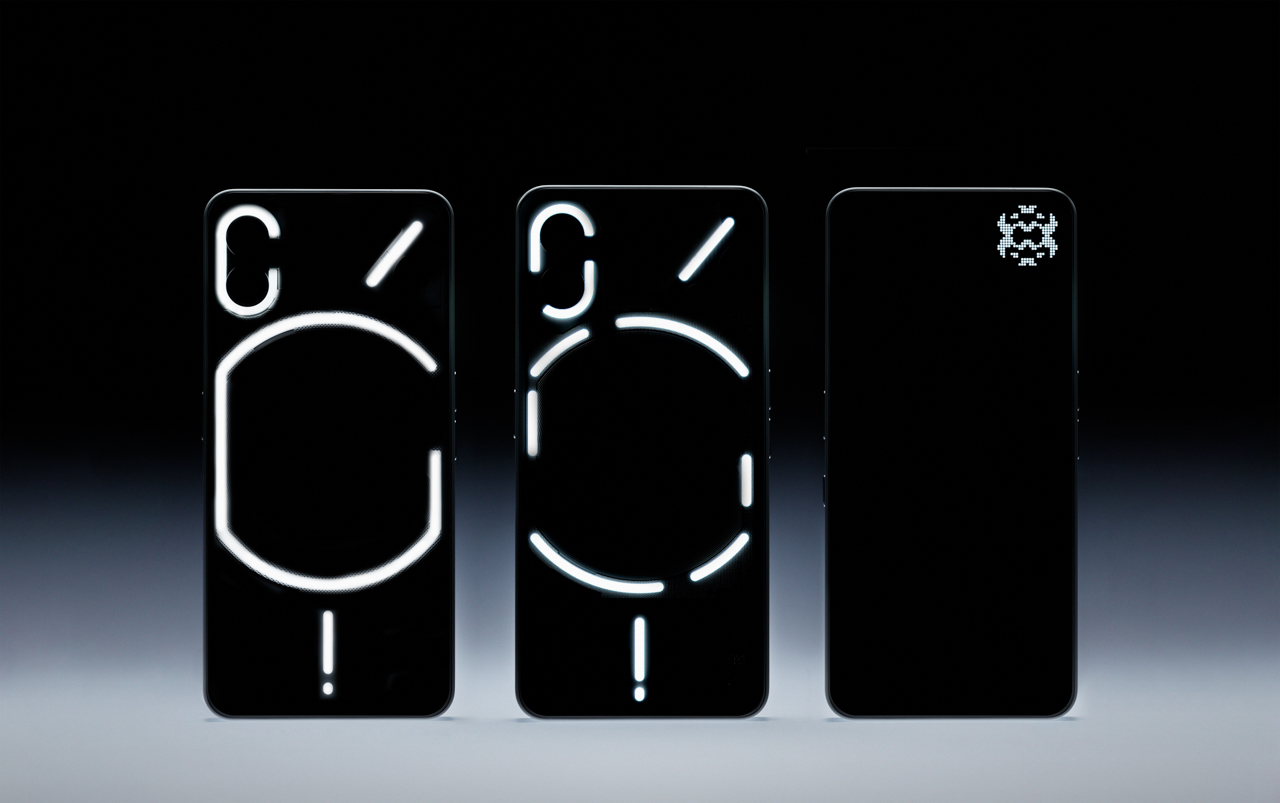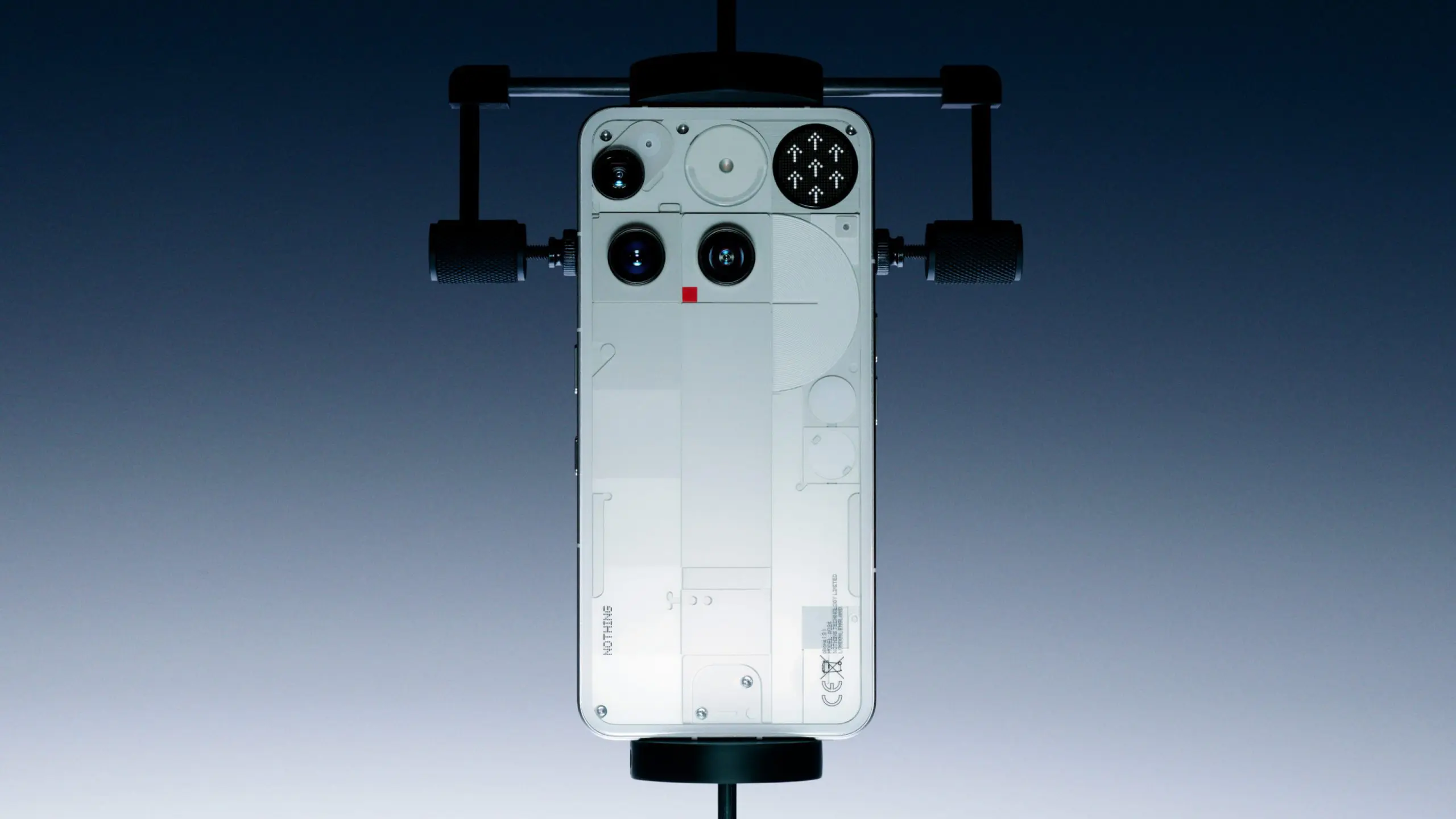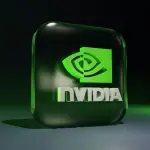Nothing officially launched its Phone 3 on July 2, replacing the signature LED light strips with a compact 489-micro-LED “Glyph Matrix” display that shows notifications, animations, and mini-games on the device’s back.
The $799 smartphone marks Nothing’s return to flagship territory after nearly two years. Pre-orders begin July 4, with global sales starting July 15.
The most striking change involves the Glyph interface evolution. Previous Nothing phones featured segmented LED strips across the back panel. The Phone 3 condenses this into a small circular display in the upper-right corner.

Source: Nothing
“The Glyph Matrix allows for dynamic animations, symbolic visuals, and pixel-level responsiveness in a way segmented strips never could,” said Adam Bates, Nothing’s Head of Design. “It unlocks features where sound and light evolve together to create personalized cues.”
The matrix can display contact-specific icons when calls arrive. Users can assign custom animations to different contacts. The system also functions as a low-resolution mirror, timer, weather widget, and gaming platform for simple titles like rock-paper-scissors.
A dedicated capacitive button sits beneath the rear glass. This Glyph Button lets users cycle through different matrix functions without unlocking the main screen.
Nothing equipped the Phone 3 with four 50-megapixel cameras. The rear setup includes a main sensor with optical image stabilization, a 3x periscope telephoto lens, and an ultrawide camera. The front camera also features a 50-megapixel sensor.
All four cameras support 4K video recording at 60 frames per second. The main camera features a 1/1.3-inch sensor size, which is considerably larger than the typical sensor size of smartphone cameras.
The 6.67-inch AMOLED display reaches 4,500 nits peak brightness. This matches or exceeds premium phones from Samsung and Apple. The screen features a 120Hz adaptive refresh rate with symmetrical 1.87 mm bezels.
Nothing chose the Snapdragon 8s Gen 4 processor instead of Qualcomm’s flagship 8 Elite chip. This decision keeps costs lower while delivering what the company calls a 36 percent CPU performance boost over the Phone 2.
The device houses a 5,150-milliamp-hour silicon-carbon battery. Charging speeds reach 65 watts wired and 15 watts wireless. Nothing claims a 50 percent charge in 20 minutes with compatible adapters.
The phone runs Nothing OS 3.5 based on Android 15. The software includes Essential Space for artificial intelligence(AI)-organized content and a “Flip-to-Record” feature that transcribes conversations when the phone lies face-down.
Nothing offers two configurations: 12GB RAM with 256GB storage for $799, and 16GB RAM with 512GB storage for $899. Both models come in black and white color options.
The Phone 3 carries IP68 water resistance, a first for Nothing devices. The company promises five years of Android updates plus seven years of security patches.
Global availability includes the United States, Europe, the United Kingdom, India, and the Philippines. US carriers T-Mobile and AT&T provide full 5G support, while Verizon offers limited 5G compatibility.



















